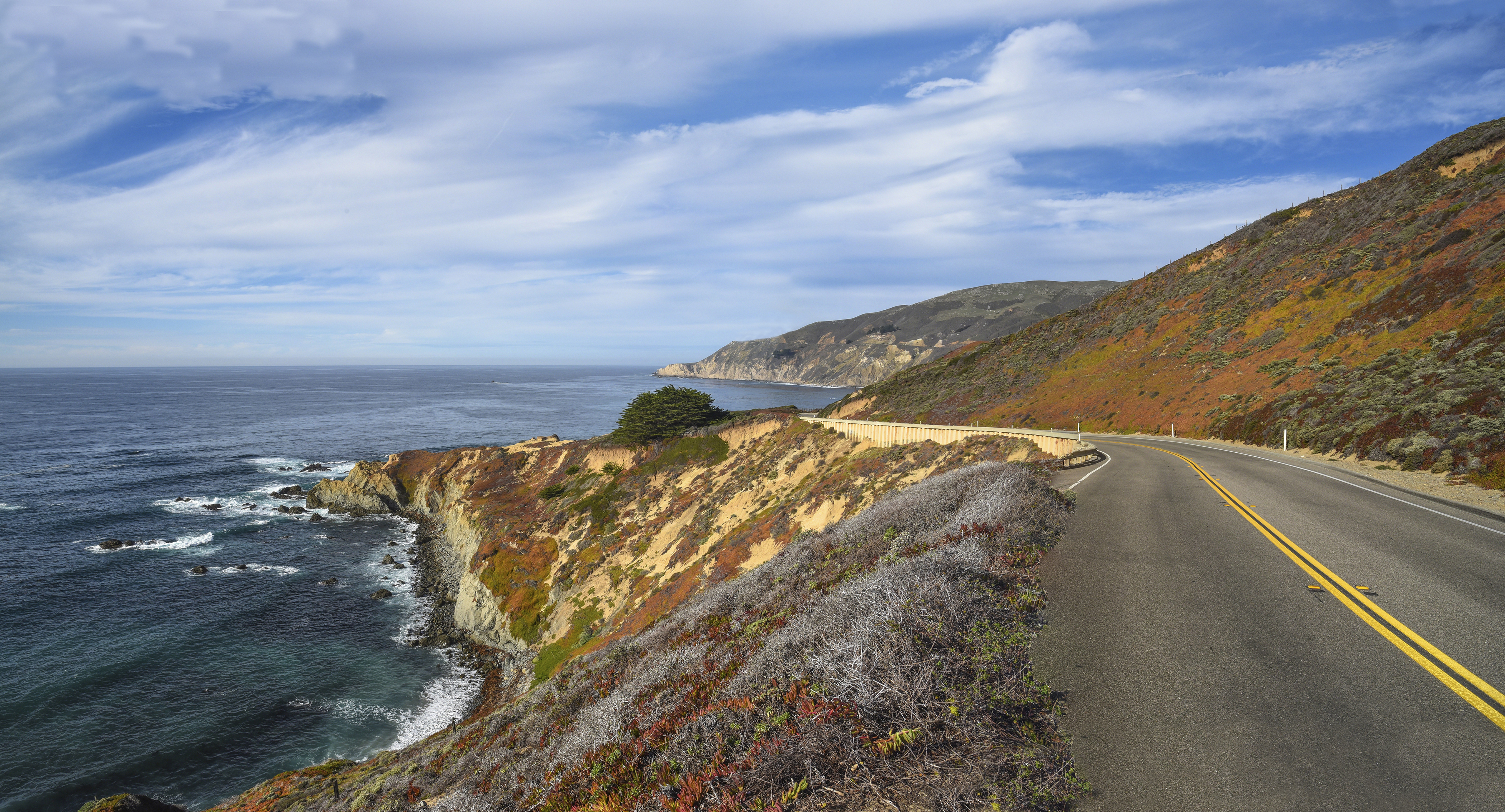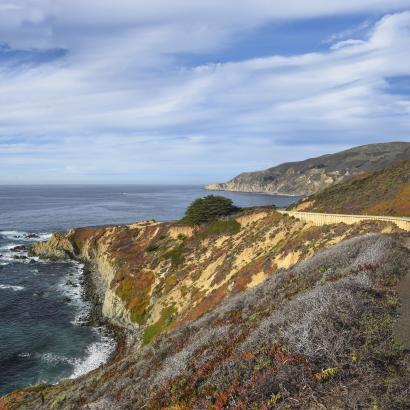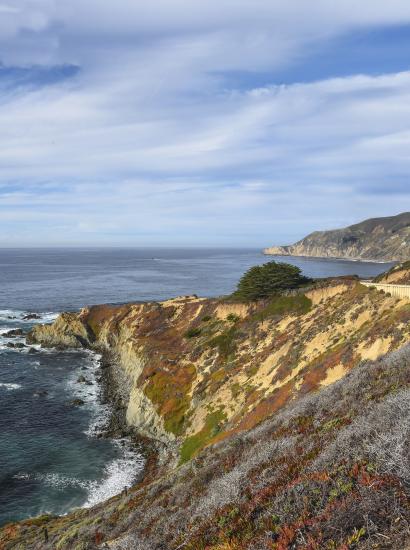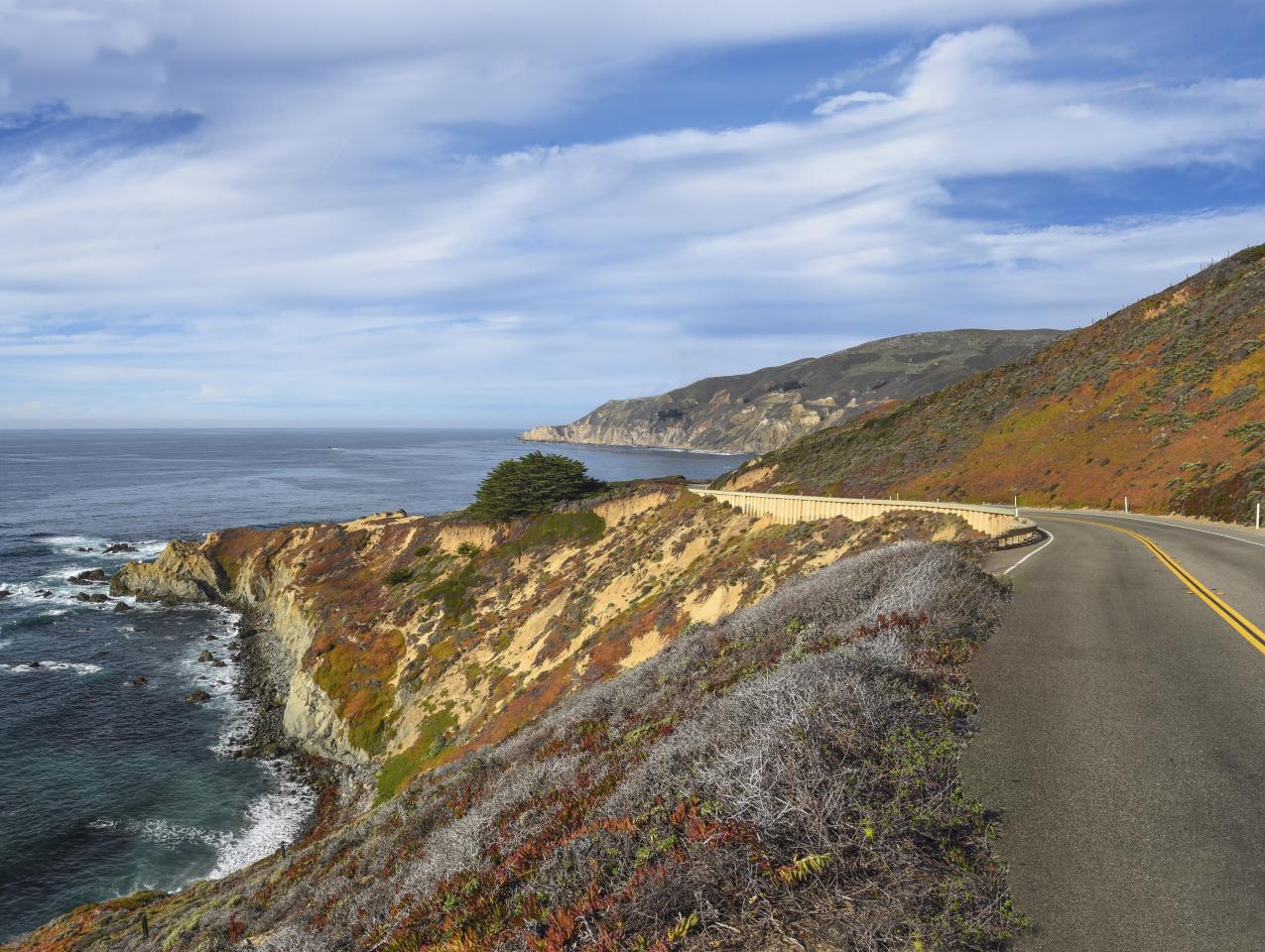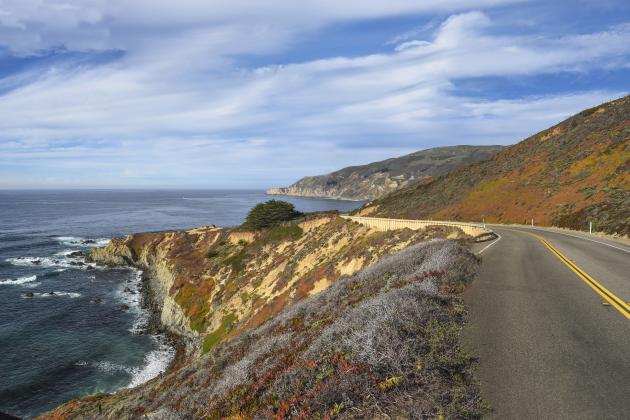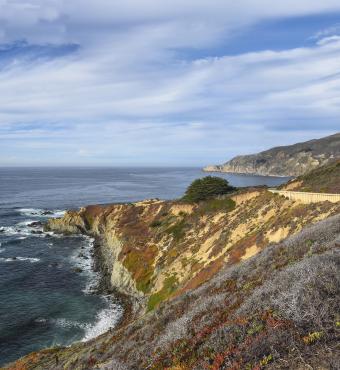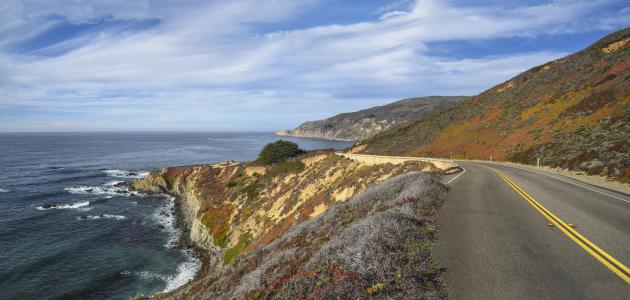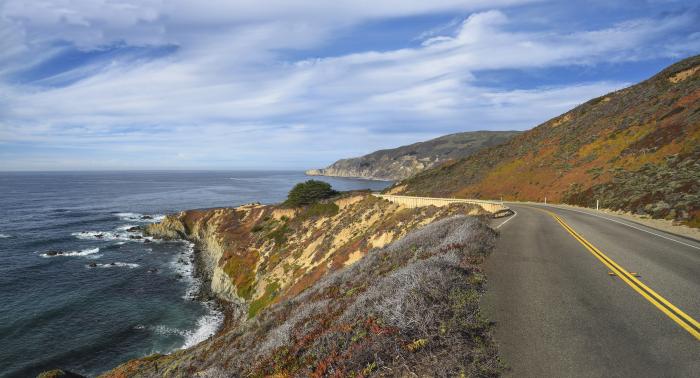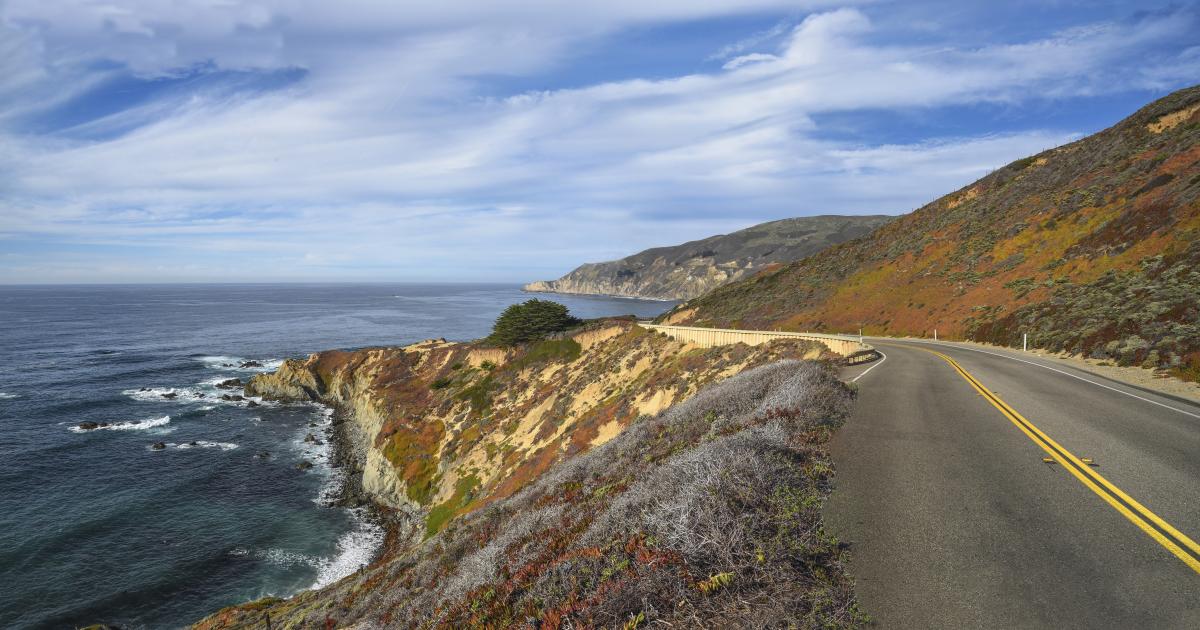Let it not be said that the government in Sacramento is opposed to the notion of prosperity. Case in point: California expanding its recycling refund program to include wine and liquor bottles, large plastic juice bottles, and boxed wine containers.
Not that this should be confused with Californians getting rich quick. The Golden State offers a nickel for most glass bottles and plastic bottles and aluminum bottles smaller than 24 ounces, a dime for most bottles and cans over that size, and an entire quarter for wine boxes and paperback cartons.
Good luck calculating how much liver damage it’d take to earn enough small change to finance a weekend getaway in California’s Wine Country.
Recycling is also a way to look at California politics, especially the desire to either subdivide the nation-state into smaller pieces or divorce it entirely from America’s 49 other states. That takes us to the proposed “CalExit 3.1” ballot measure, which aims to establish a new nation of “Pacifica” along a coastal section of the present Golden State stretching north and south from the San Francisco Bay Area, from Mendocino County through Monterey County.
According to the CalExit campaign’s organizers, Pacifica would consist of about 9.1 million residents (comparable to the size of New Jersey, which is America’s 11th largest state), 75% of whom would be Democrats and 61% members of a minority race (at present, less than 47% of California registered voters identify as Democrats; 65% of the state’s population is non-White, according to the 2022 American Community Survey).
As for what’s left of California, it would still be blue friendly (59% of the population Democratic, the campaign claims). However, the slimmed-down Golden State would consist of only 40 or 41 Electoral College votes (down from the present 54), putting “California lite” more on a par with Texas’s 40 in this and the following presidential election.
Before we get over our skis and start speculating about the myriad of consequences should a new nation supplant what presently is a large sliver of Northern California (while the American flag would remain the same, one wonders what kind of banner first-generation “Pacifiers” would unfurl), let’s throw some cold water on the idea—enough liquid to earn us nickels, dimes, and quarters.
First, there’s no empirical evidence that a majority of California voters who plan to turn out in November are on board with the notion of carving out a coastal nation. According to this Newsweek piece, only 92,000 individuals have signed up to join the campaign via the movement’s website (about one-third of 1 percent of all Californians eligible to vote). But just how many of those enrollees actually reside in the Golden State is unknown.
Second, there’s the breakaway movement’s checkered complicated past.
CalExit 3.1 is the offspring of a group called Yes California, which dates back to the summer of 2015, when it succeeded a campaign called Sovereign California (political junkies might recall a Yes Scotland effort that tried to break up the United Kingdom a decade ago).
Yes California would eventually draft and place into signature-gathering a ballot initiative asking voters to choose yea or nay on seceding from the union. But amid allegations that Yes California’s president had ties to the Russian government, the movement quickly lost steam.
But even had the ballot measure been approved by voters, there’s a thorny question of legality. Under the California constitution, ballot proposals that alter the state’s basic governmental plan or framework can only be put before voters via the legislature or a state constitutional convention, the last one of which occurred 145 years ago (here’s a 2017 review by California’s Legislative Analyst’s Office that further details the constitutionality of a Golden State secession).
We could go on with more idle political speculation about a new nation emerging along California’s coast. If Pacifica were to materialize, would that prompt other questions about the current state of the union—e.g., a renewed push for Puerto Rican or DC statehood?
Moreover, where would Pacifica stand in the world order?
Let’s say the new country wanted to join the United Nations. That would require approval by the UN Security Council, one of whose permanent members—armed with veto authority and presumably cranky, having been jilted by California voters—just happens to be the United States.
But rather than examining the world beyond Pacifica, let’s look instead at how such a nation, presumably with a government headquartered in San Francisco, might govern itself. Which takes us to California’s March 5 primary, choices facing San Francisco voters, and a question of whether a progressive electorate might take a less left-leaning approach toward problems plaguing that city.
What are some of the ideas in play in San Francisco next month?
Let’s start with Proposition B, which would increase police staffing levels. Backers of the measure say it’s needed to address the city’s public safety problems (a 16% increase in reported robberies last year largely responsible for a rise in violent crime). Prop B’s critics suggest a different approach to law enforcement: “prioritize schools, jobs, healthcare, and housing instead of ineffective policing.”
Then there’s Proposition E, placed on the ballot by San Francisco mayor London Breed with the dual intention of giving local cops more leeway in going after criminals (chasing suspects, using drones for car chases) while also reducing the clout of the policy-setting Police Commission. If the measure passes, it will do so despite the “race card” being played by the same forces opposing Proposition B in multi-ethnic San Francisco (“unlimited police surveillance . . . has led to the unjust arrests and incarceration of many Chinese, Japanese, and other communities of color in the United States”).
San Francisco voters also will deal with education—a contentious issue in the city/county in recent years (such as the voter recall, two years ago this week, of three Board of Education members seemingly more concerned with renaming schools than reopening schools).
At stake: Proposition G, which encourages San Francisco public schools to offer Algebra 1 in eighth grade, a year earlier than the current policy. The question here isn’t so much the outcome (there’s no formal opposition) as it is how school district officials will proceed after the election—which could lead to a spat over hiring more teachers if the choice is to make Algebra I a middle-school elective before or during the school day or to offer it as a summer intensive course.
There’s one other subplot to San Francisco’s election worth noting: a local moneyed class frustrated to the point of wanting to replace the local elected class—or so we learned in this Wall Street Journal piece looking at local tech activists hoping to oust members of the Board of Supervisors up for reelection this year, replacing said incumbents with a less progressive slate of supervisors presumably less hostile to business and livability matters (not unlike what happened a decade ago in California’s Southland, when uber-wealthy school-reform activists poured considerable resources into Los Angeles Board of Education elections).
What San Francisco’s choices might tell us, if they buck the status quo and move toward the center: California voters are far from pacified, even in the would-be nation of Pacifica.







